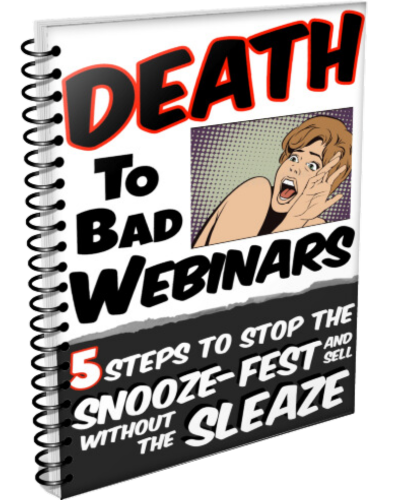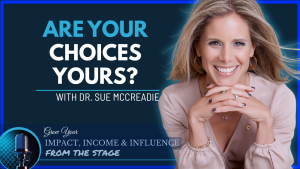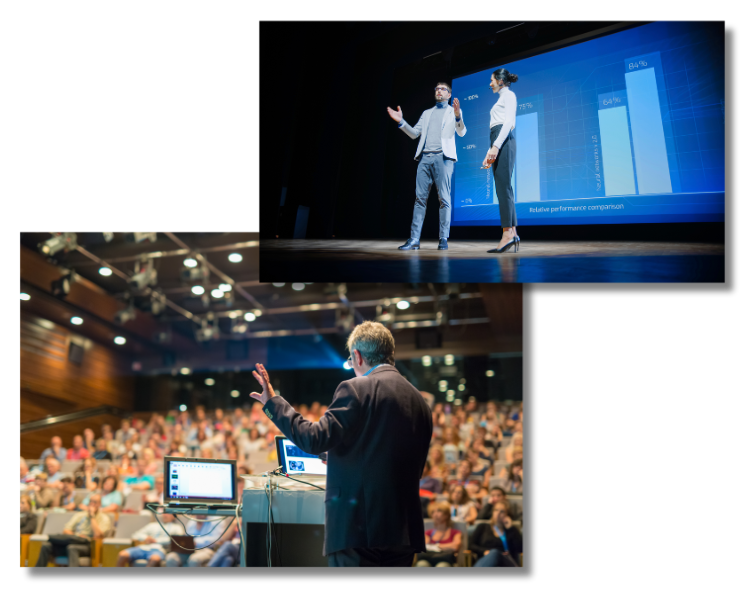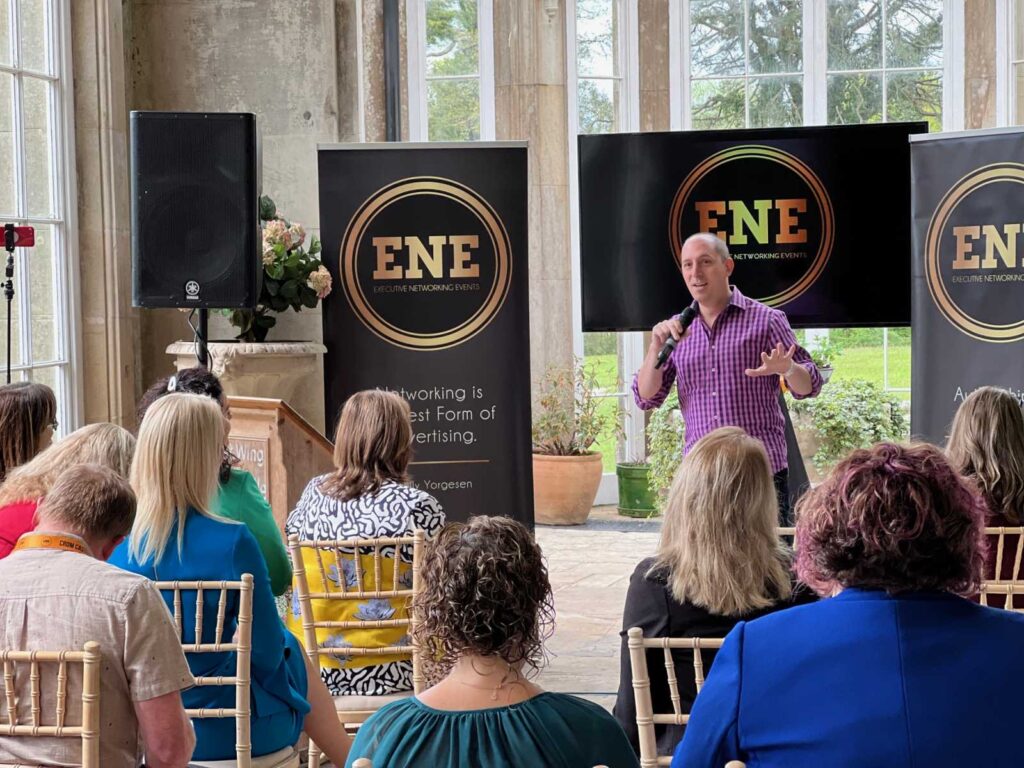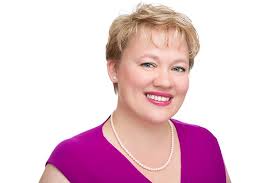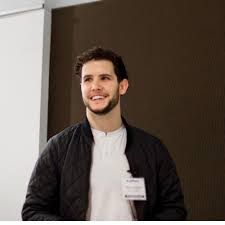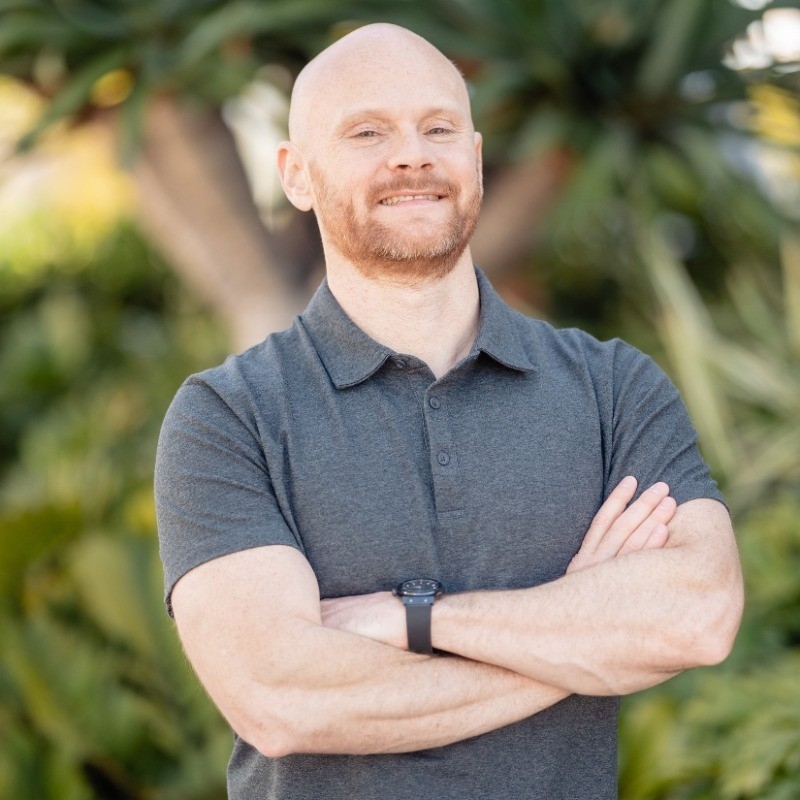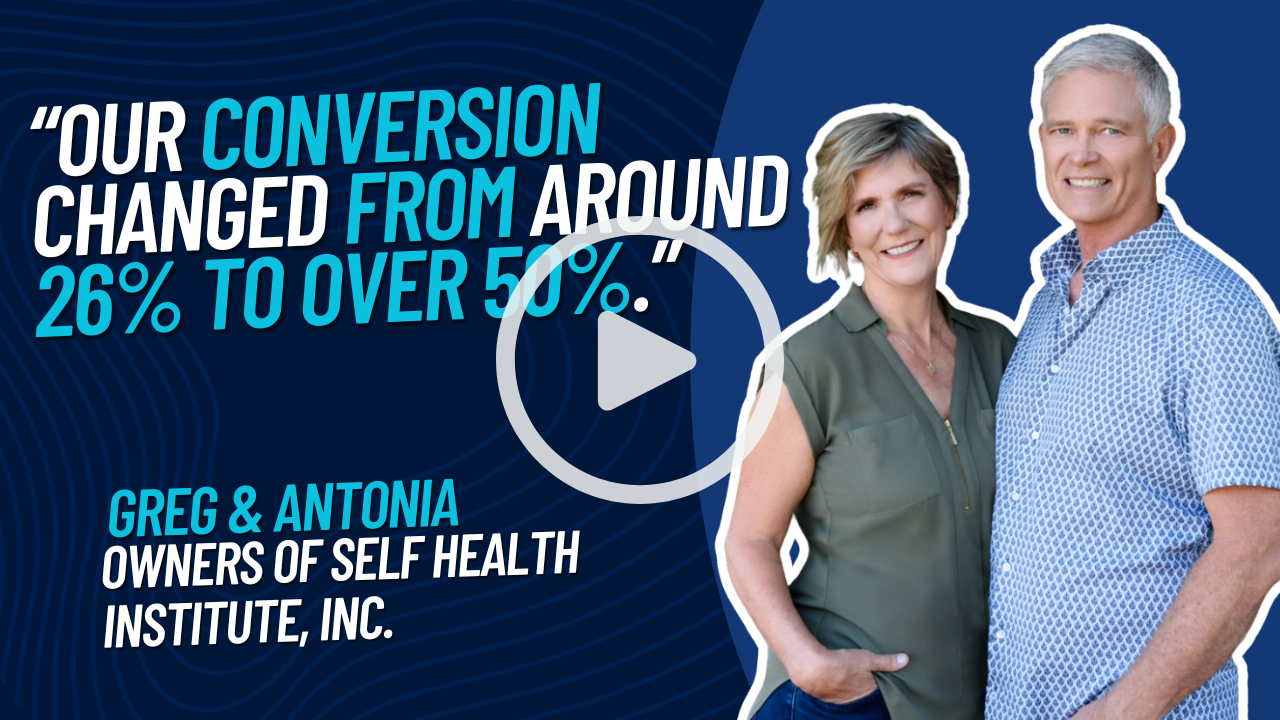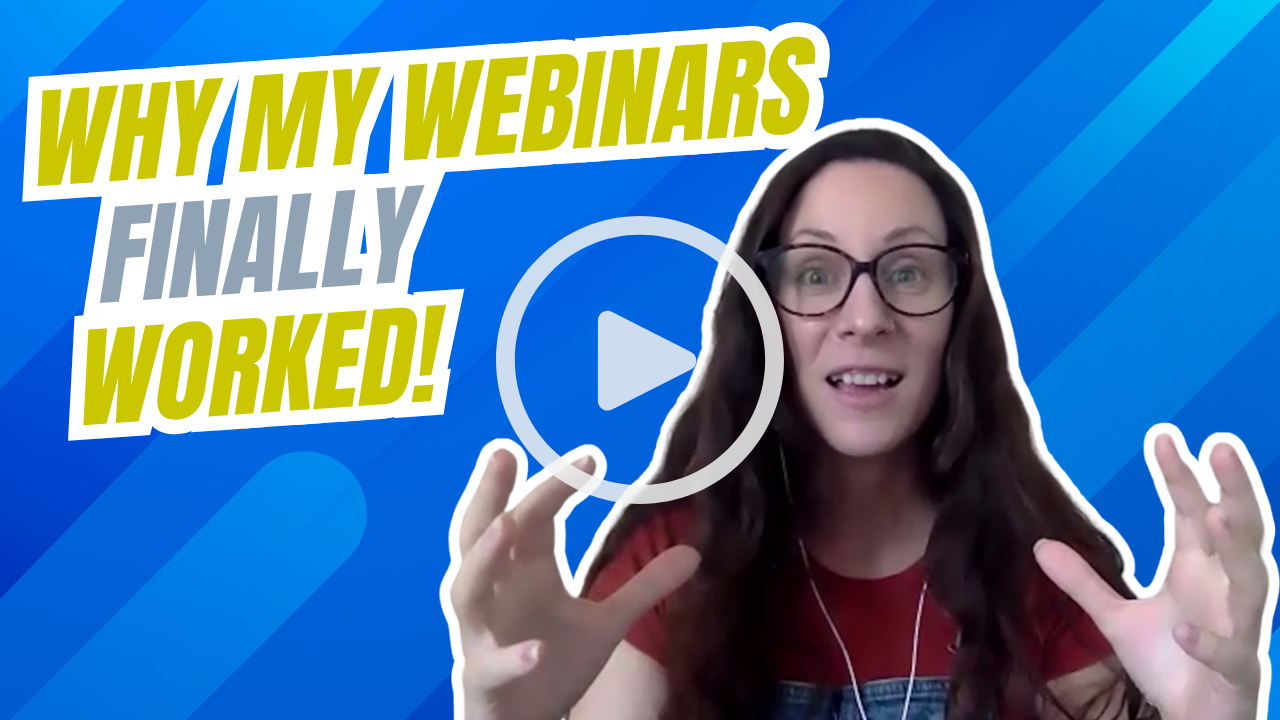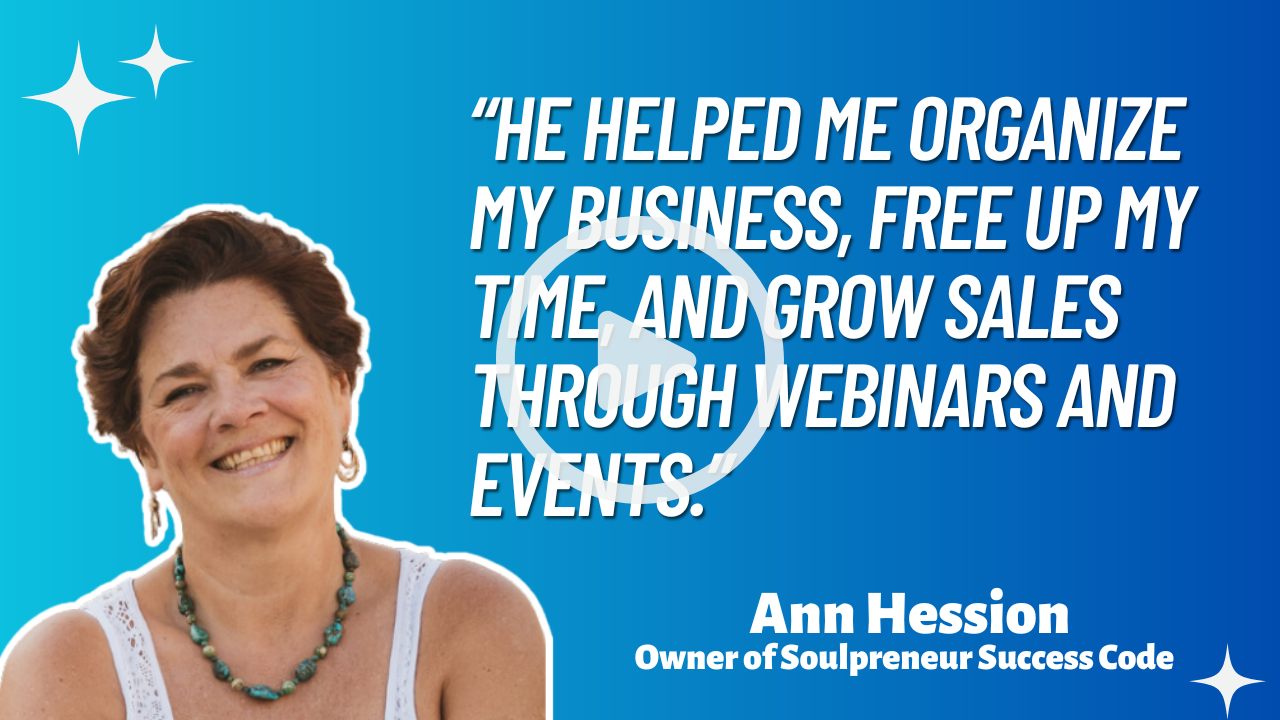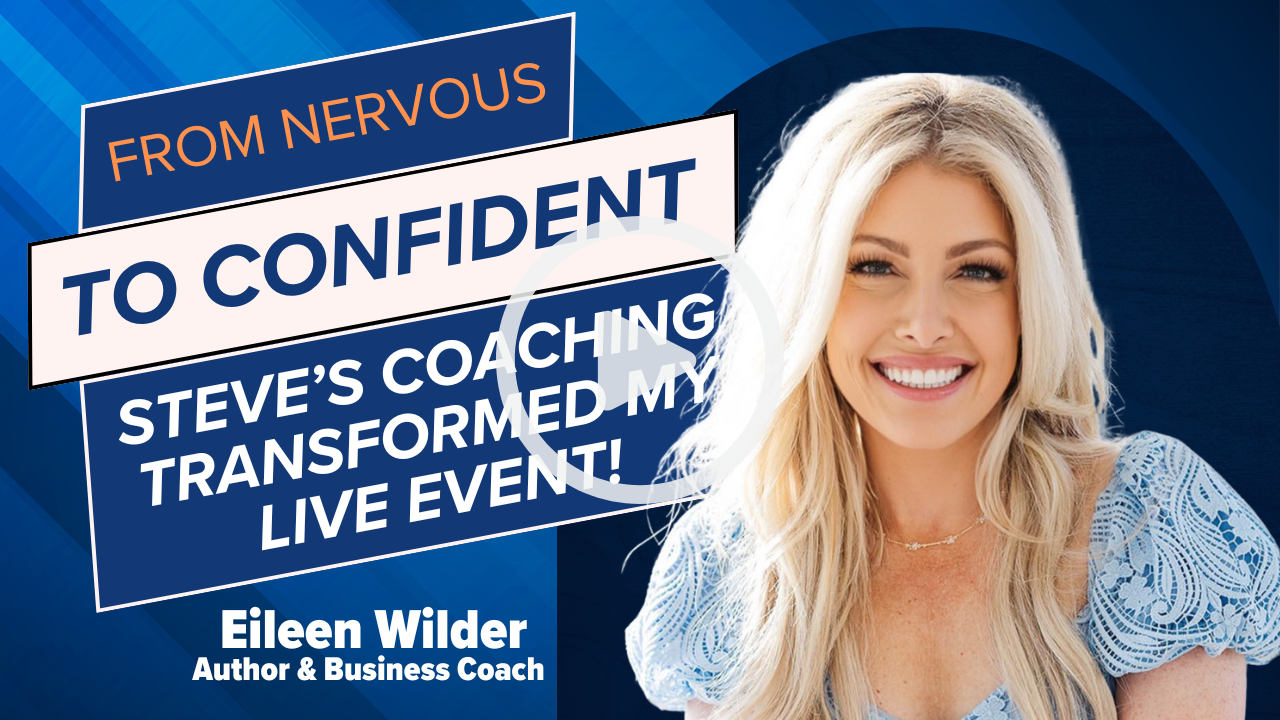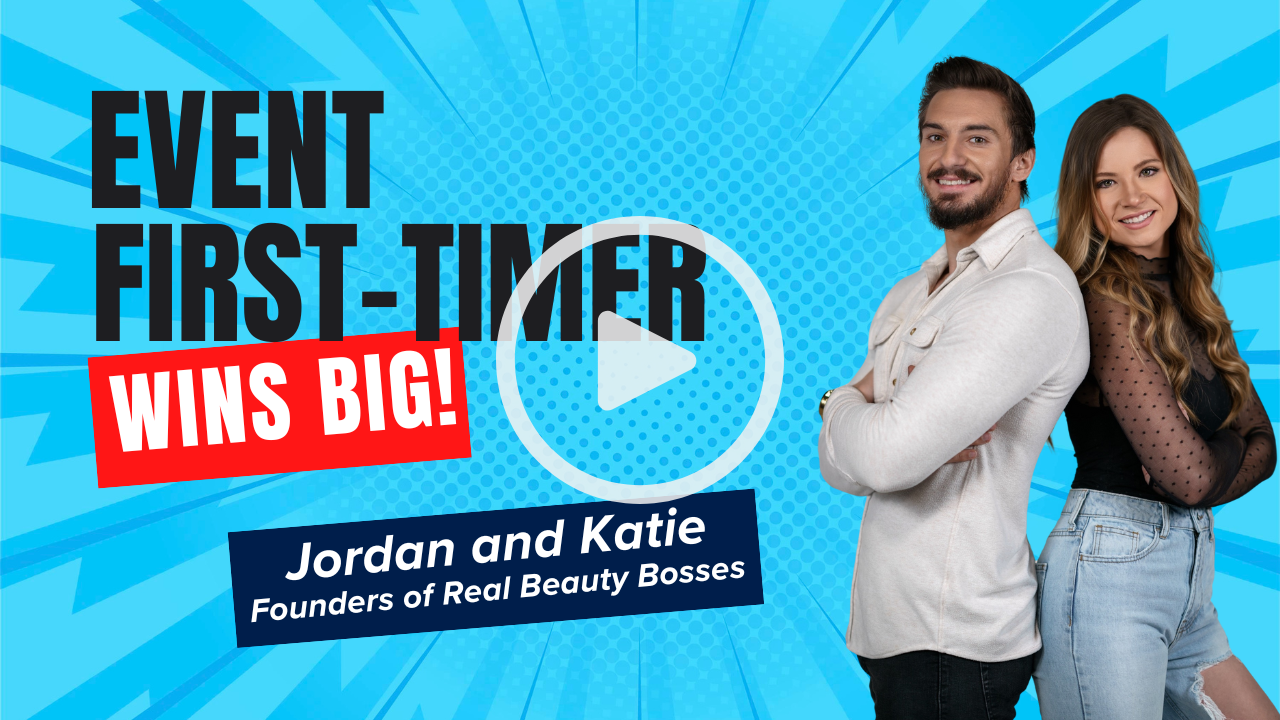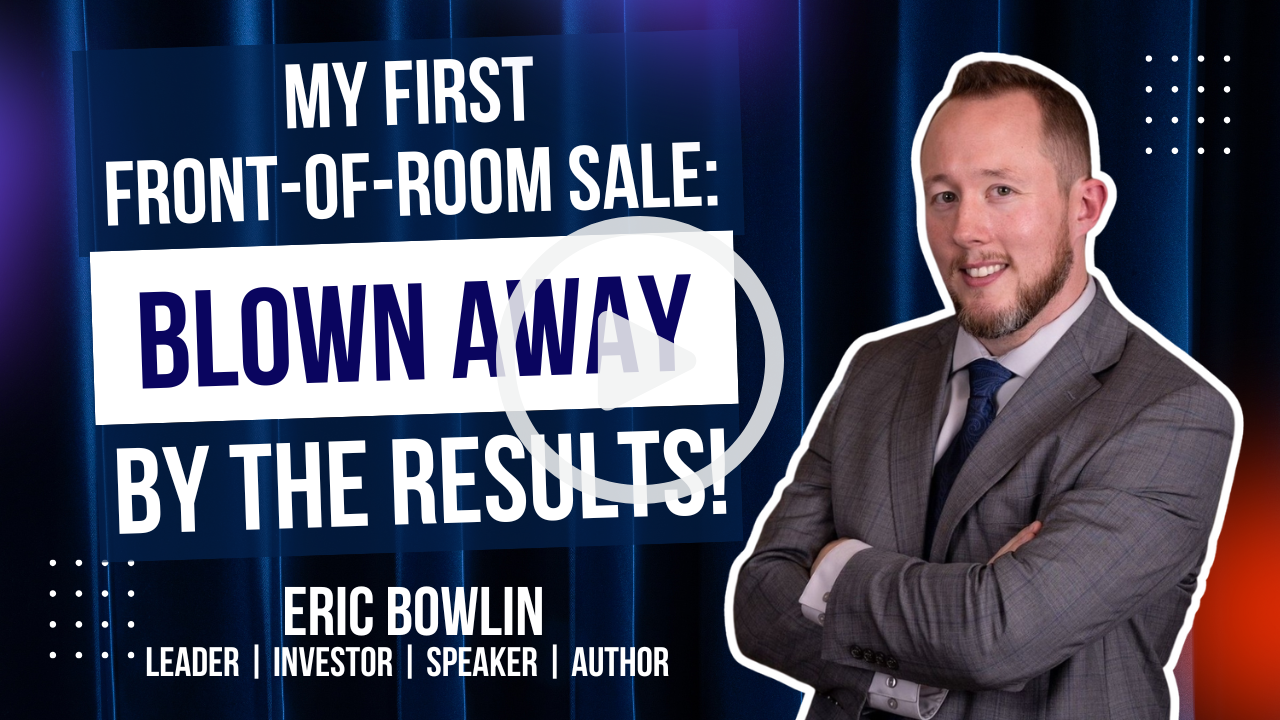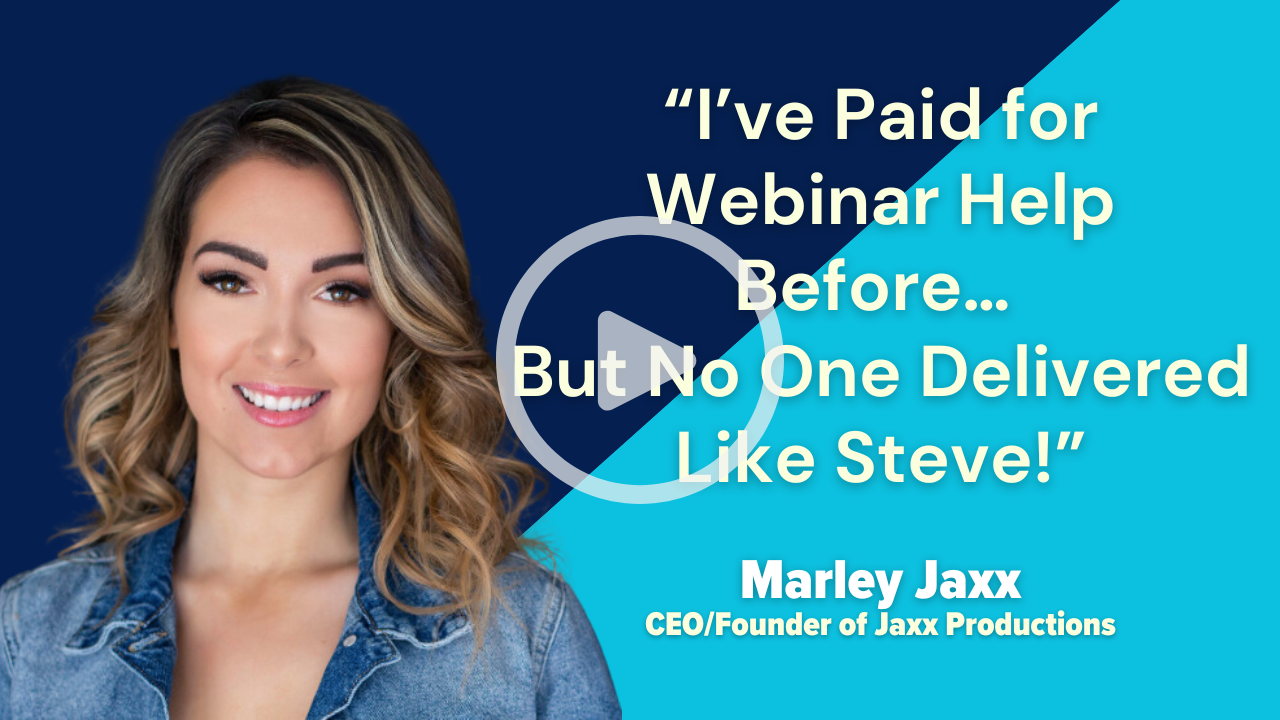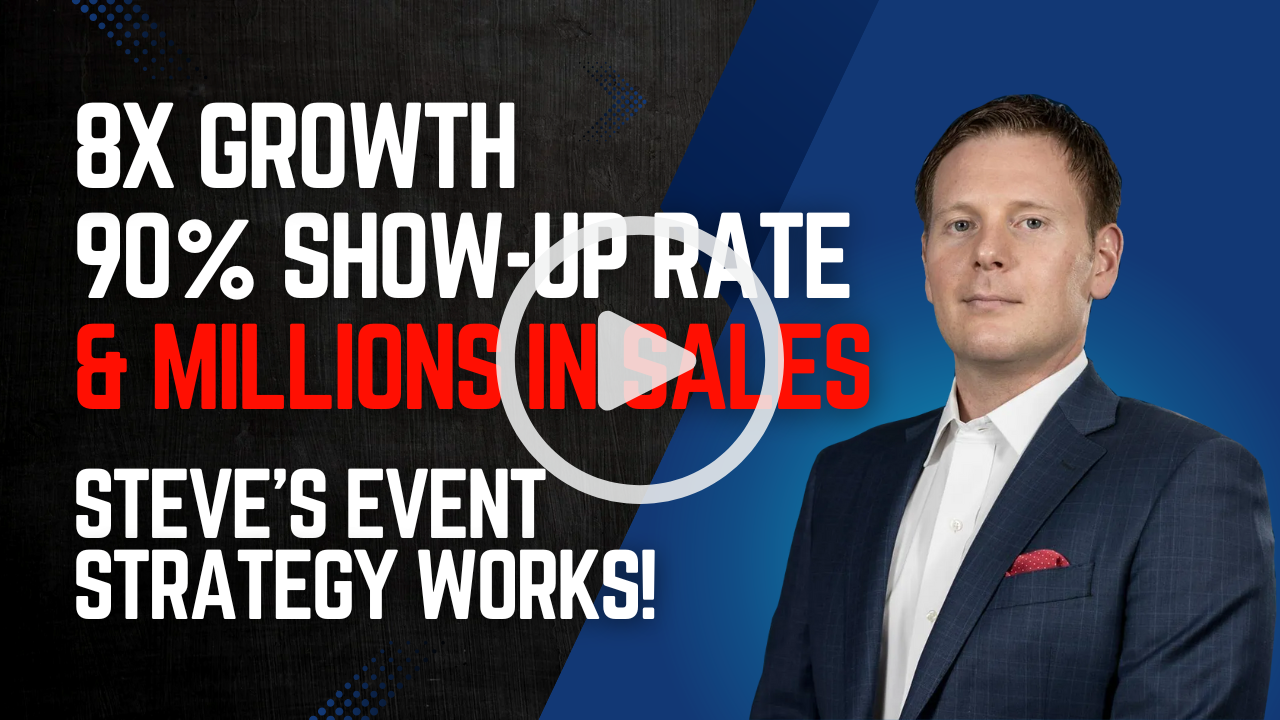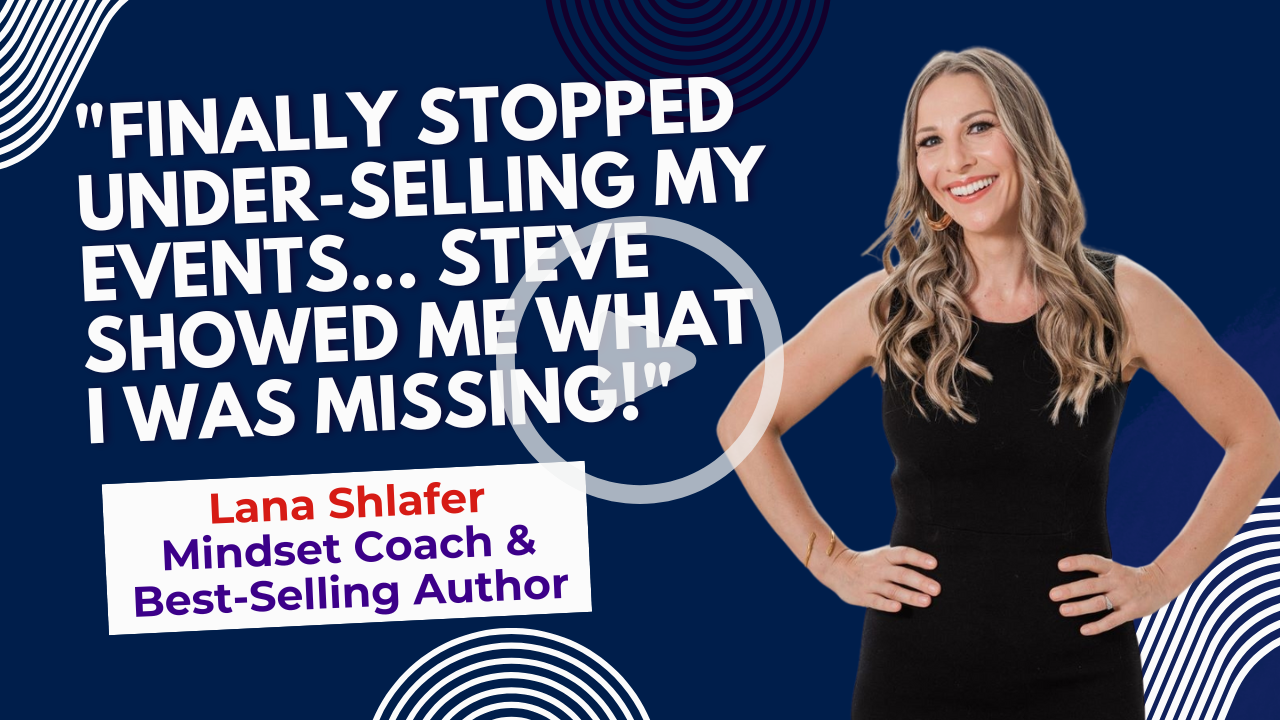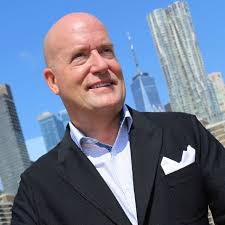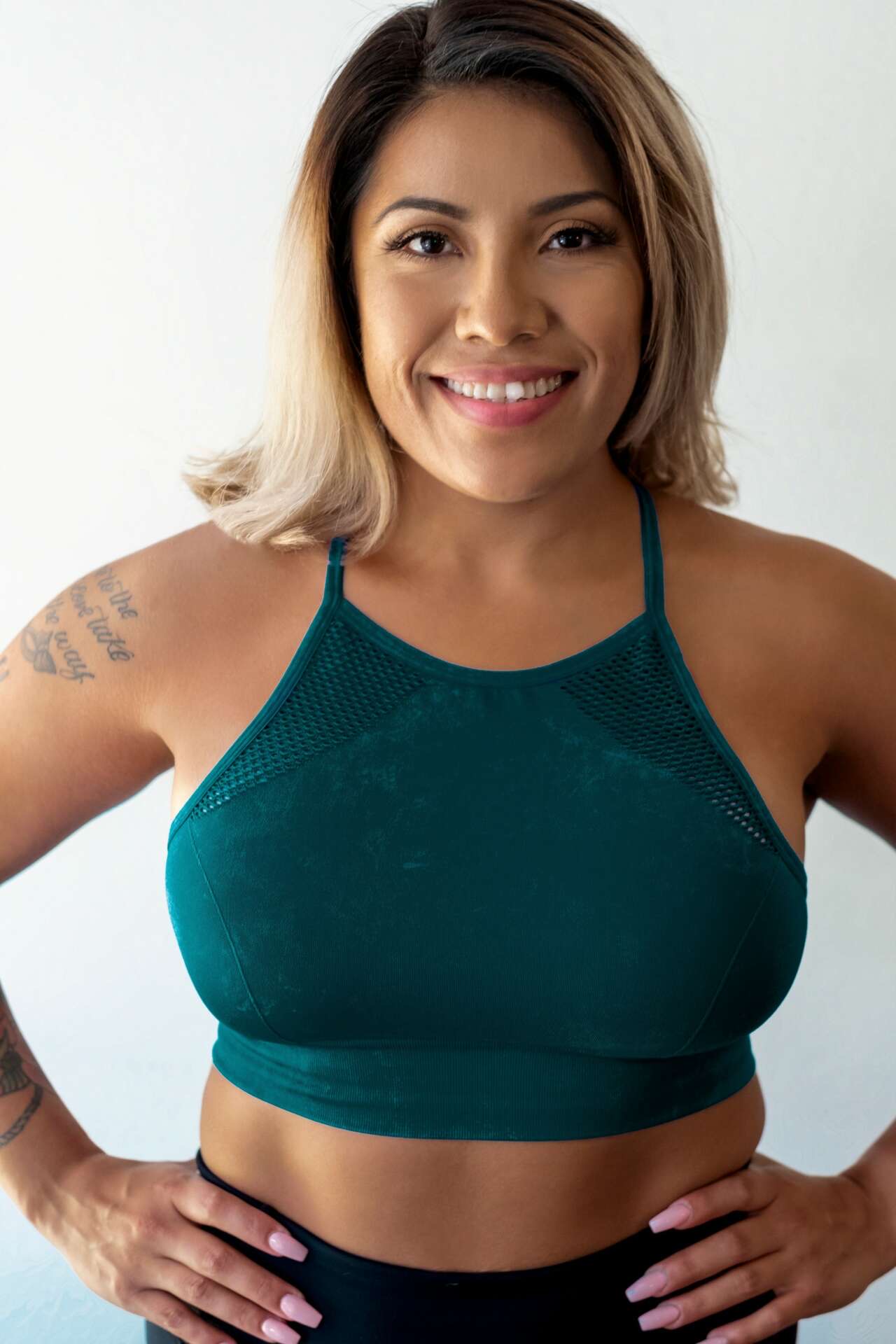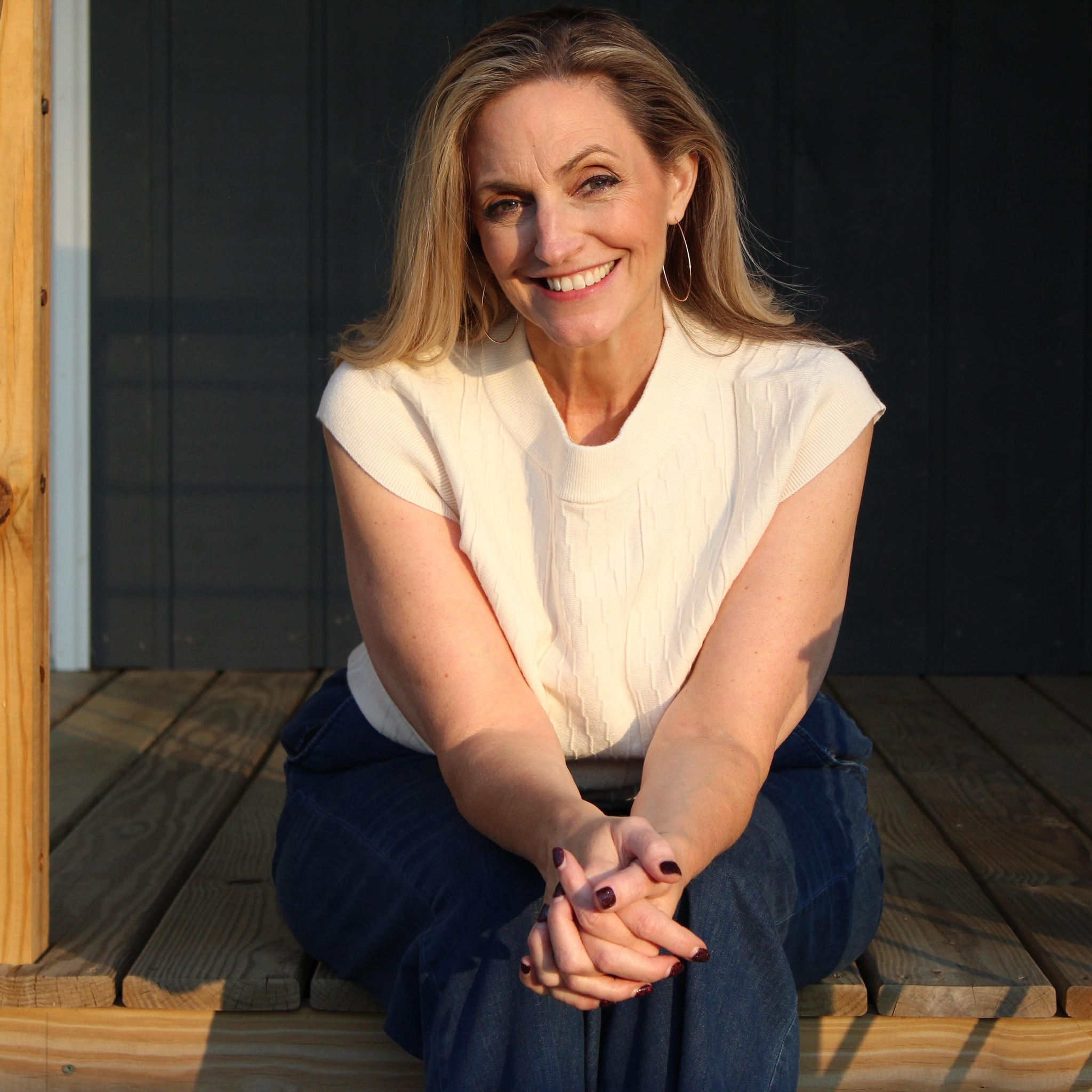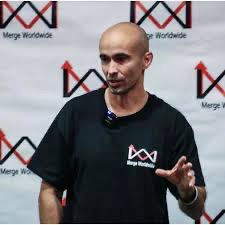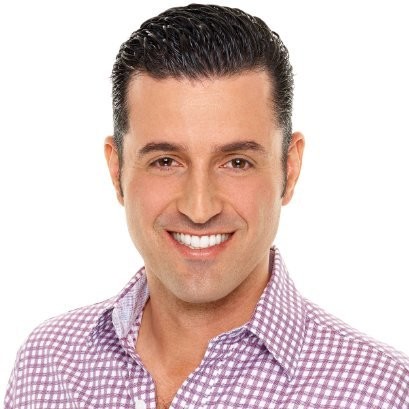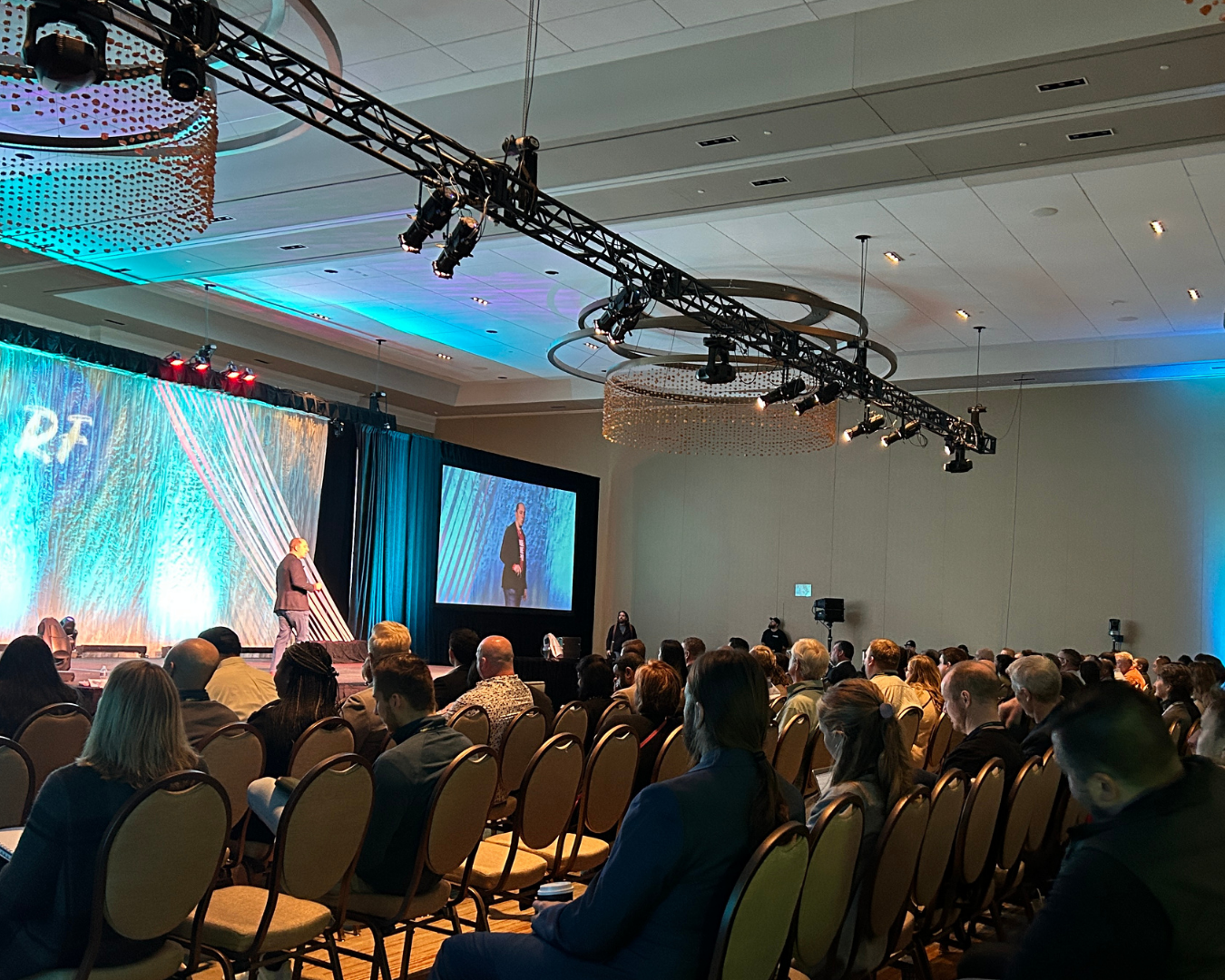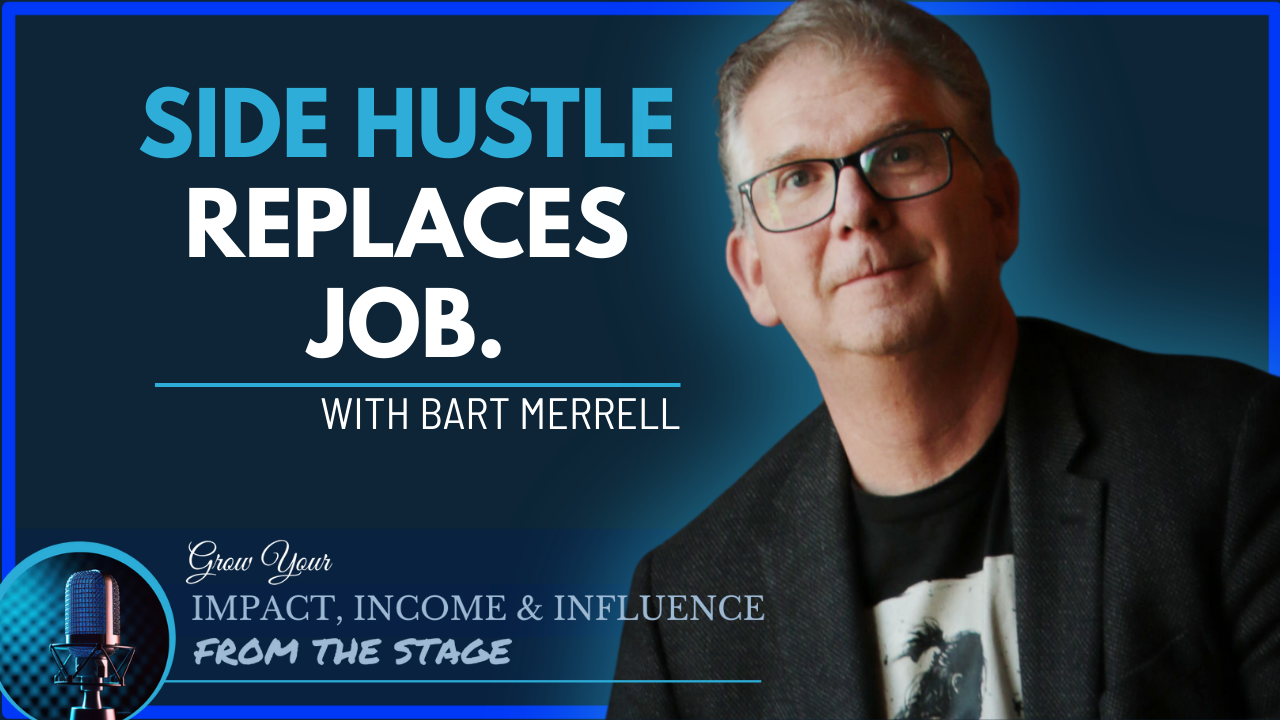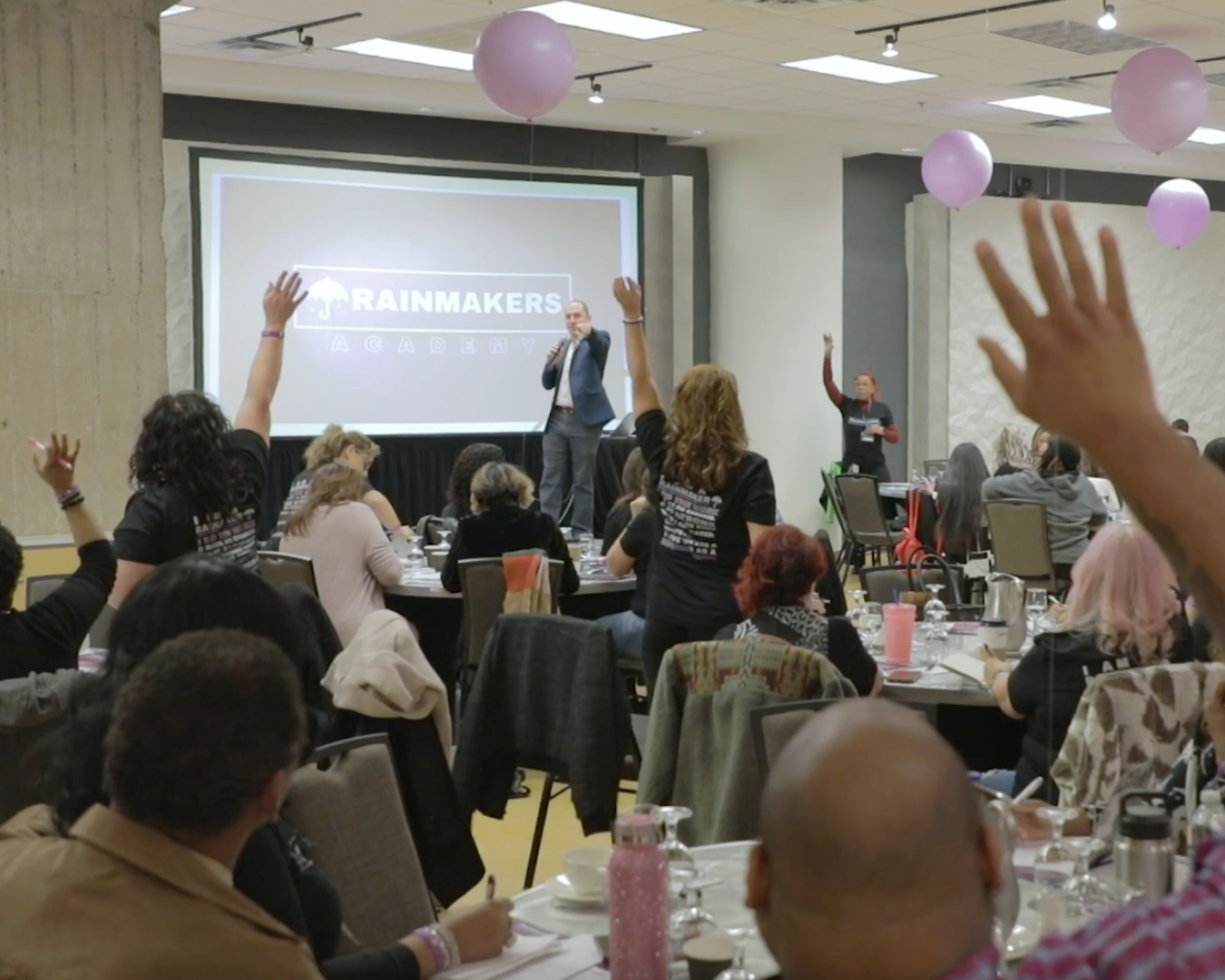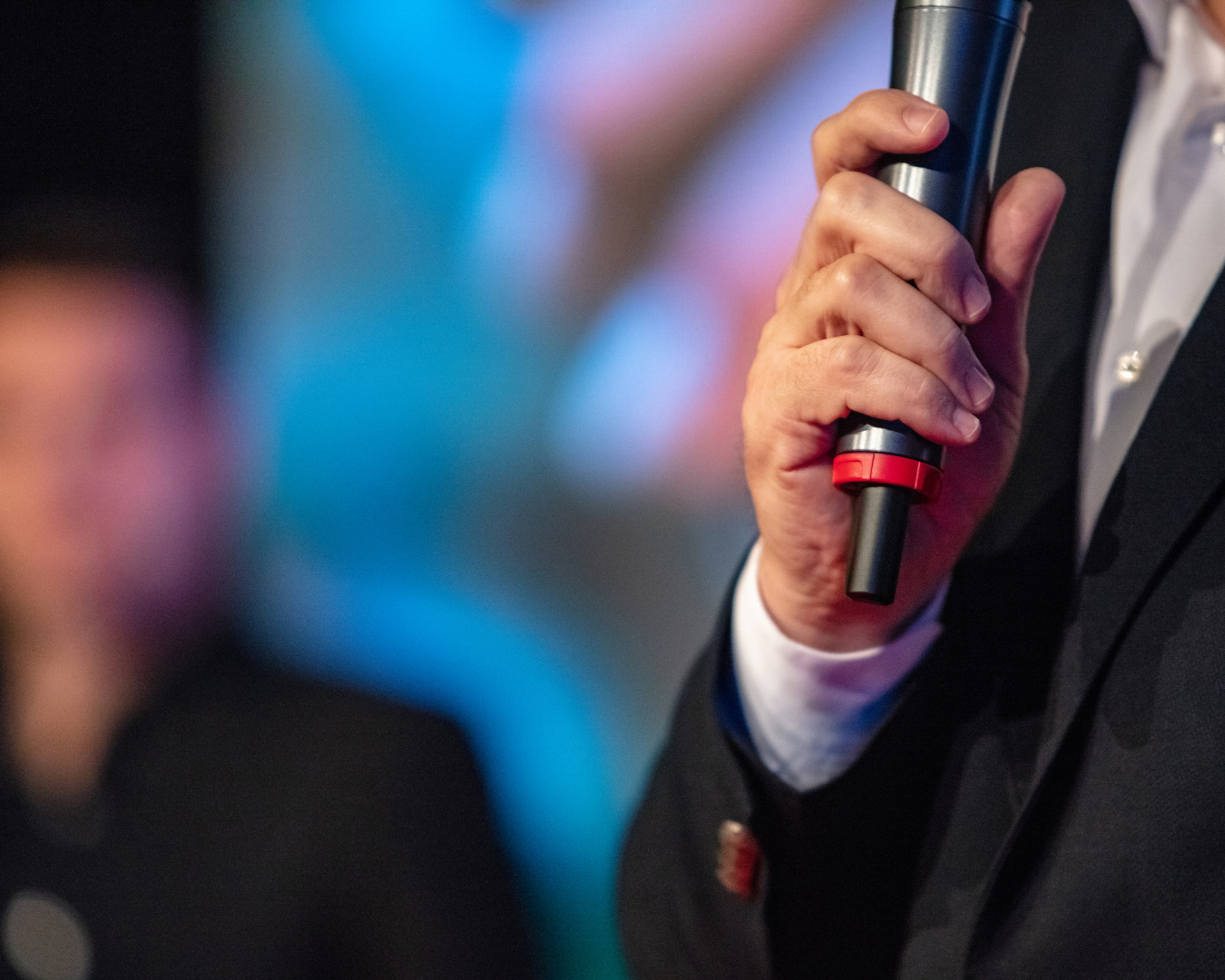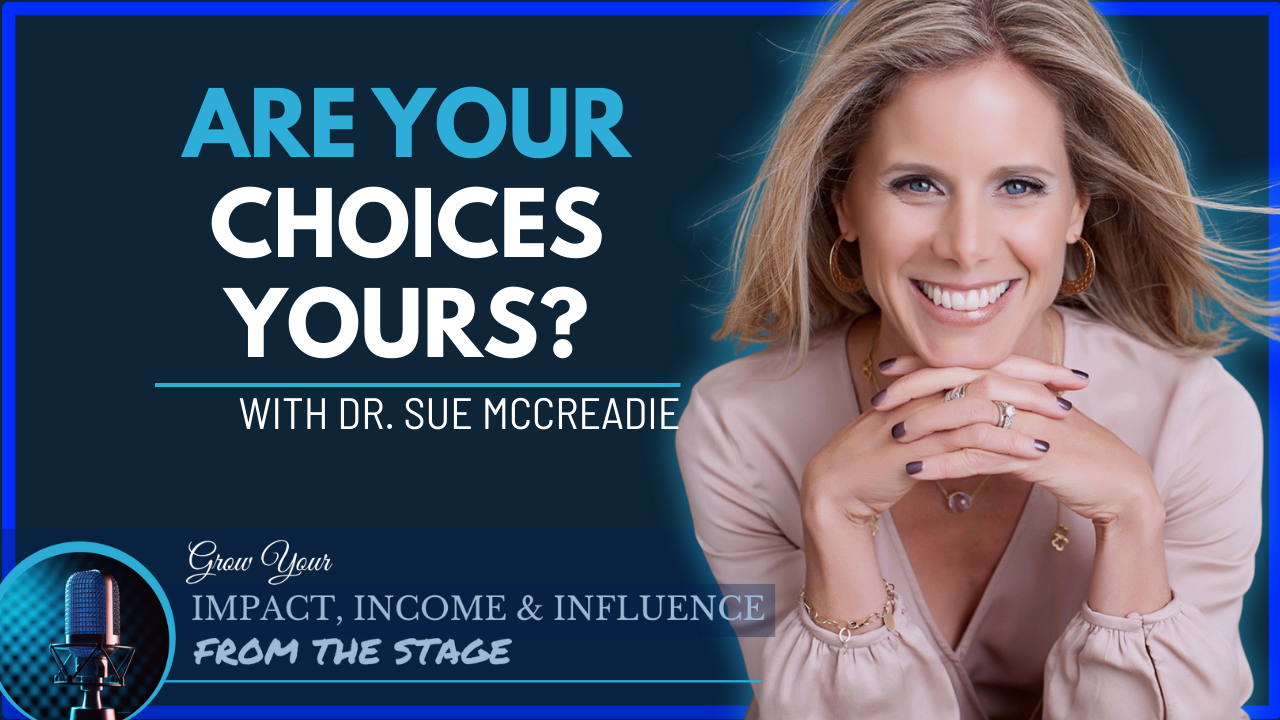Let me be straight with you:
Most people build offers backwards.
They cram in more bonuses, add extra PDFs, slap on urgency, and hope something sticks. But that’s why most offers flop. Not because the content sucks—because the structure is broken.

Over the last decade, I’ve helped clients generate over $20M in sales from live events, webinars, virtual workshops, and in-person presentations—and there’s one thing all those high-converting offers had in common:
👉 This 7-Part Offer Framework.
You’ve never seen it. You won’t find it on Google. But it works—because it’s built on buyer psychology, real-world testing, and conversion data that most marketers never bother to study.

Pop in your email below, and we’ll zip it straight to your inbox so you never lose it!
Why Offers Fail (Even If the Content Is Great)
People don’t buy because your program is “valuable.”
They buy because it solves a problem they’re actively feeling.
They buy because they see themselves in your stories.
They buy because your offer feels like the bridge between where they are and where they want to be.
If your pitch is falling flat, it’s not about what you’re teaching.
It’s about how you’re packaging the solution.
The 7-Part Offer Framework That Converts Like Crazy
Here’s what we use under the hood at every workshop and sales presentation I help structure:
1. The Pain-Driven Promise
Start with a bold, clear outcome. Not features. Not benefits. Not “6 modules and 12 hours of training.”
Lead with what they’ll feel on the other side. That’s your promise—and it should hit the pain point they’re trying to escape.
2. The Personal Story Bridge
This isn’t just fluff. It’s the emotional glue that binds you to your audience.
Tell a story that shows them:
“I’ve been where you are. I found a way out. And now I’m showing you how.”
This builds trust, rapport, and credibility without needing a long list of testimonials or social proof (although those help, too).
3. The Before & After Snapshot
Show them where they are now. Then show them what’s possible.
Use real language. Be specific. Paint the picture of what their life or business could look like.
This is where case studies shine. Use them to prove transformation.
4. The “What’s Included” Breakdown
Now (and only now) do you share the nuts and bolts.
Lay out the product or service, modules, tools, and support they get.
Use a visual slide if you’re presenting live or virtually.
This satisfies the logical brain while the emotional side is already sold.
5. The Value Stack (Without the Hype)
Don’t stack a fake $997 value on every bullet. Instead, explain the true cost of staying stuck.
Then clearly explain how this offer saves time, reduces overwhelm, and gets results faster.
This is your value proposition—not just in dollars, but in impact.
6. The Objection Reversal
Great offers handle objections inside the pitch.
“What if I don’t have time?” → Show them how it fits into their schedule.
“What if I’ve failed before?” → Share stories of people who succeeded after struggling.
“What if I can’t afford it?” → Offer payment plans or show the cost of inaction.
Anticipate. Validate. Neutralize.
7. The Call to Action That Feels Inevitable
If you’ve built belief the right way, the CTA doesn’t need to be hyped—it feels natural.
Guide them clearly:
“Click the link.”
“Fill out the form.”
“Join the program.”
Then pause. Let them act.
Why This Framework Works (Even If You’re Not a Natural Salesperson)

You don’t need to be slick.
You don’t need to be pushy.
You just need to structure your offer like a story that leads to a decision.
That’s what this framework does: it aligns with the buyer journey, respects the audience’s intelligence, and builds belief before the pitch even happens.
So whether you’re on a webinar, stage, or Zoom, this is how you build offers that sell—consistently.
Ready to Sell Like a Pro (Without Feeling Salesy)?
If you’ve been stuck with offers that get applause but not action, here’s your fix.
Use this 7-part framework in your next event, sales call, or presentation, and you’ll instantly see the difference.
More clarity.
More conversions.
More “YES” from the people who need you most.

